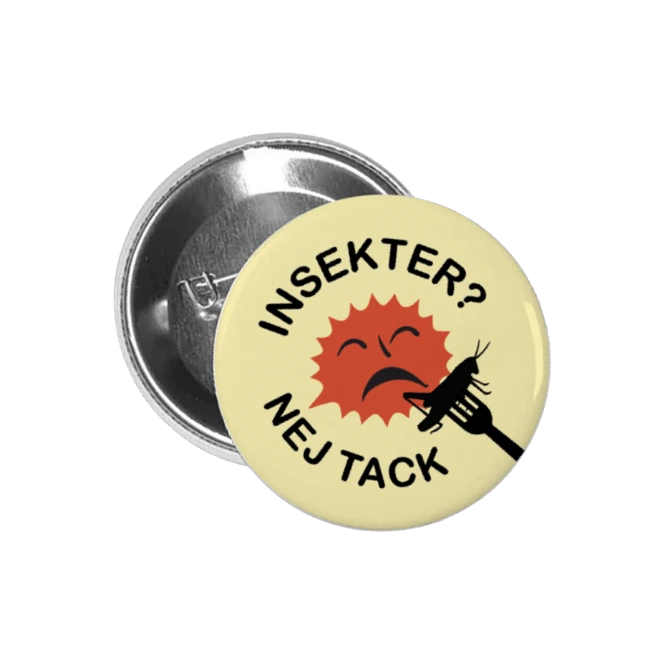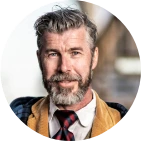Grow the future.
The initial spark for Urban Harvest 2052 was lit by Sweden’s innovation agency Vinnova and their Future Prototypes call. In it exploring a future where our global approach to how life is lived and the necessities for it are created, attracted enormous interest.
A group of us – researchers, designers, urbanists, architects and artists – gravitated toward each other. And a common idea formed: To use speculative design to explore, discuss and prepare for how the links between human needs and aspirations, urbanism, technology, innovation, food security as well as energy and water systems may affect our daily lives.
“Food, energy, water and farming are dynamically linked to all urban systems. We just don’t see it.
If our food practice changes, cities will change.”
“The year is 2052. After the food crises in the 2020s, the Harvest Festival has taken the place of Christmas as the big holiday of the year. Children receive presents. Special decorations and ornaments are common.
Stockholm’s Norra Djurgårdsstaden has become a self-sufficient district: Norra Matgårdsstaden.
Cultivation areas are found on facades, on roofs, in basements, in rock chambers, on rafts and underwater. In addition to food, climate-positive building materials are grown: industrial hemp, seaweed, mushroom mycelium. Food production is revered and takes place mostly industrially in cathedral-like factories. The issue of insects as food provokes strong emotions, ending in a referendum. Citizens vote no to insects!
Food soil is hard currency, both here and globally. Segregation between new and old districts is a problem.
Welcome to Norra Matgårdsstaden 2052.

Exploring the scenario.
Through interviews around the world with citizens, industry experts, representatives from academia and commerce, a picture was forming. One of cities bearing a larger responsibility for food production and distribution. Of urban centers changing from boxy houses and streets for commerce to productive buildings, shaped for nature, built for people. Using unused infrastructure (empty buildings, underground cisterns, etc) to supplement new build.
At their centre, the Food Cathedral. A functional but also revered space; food had become more than a necessity, it had become a cultural and community driver. Infused with craft, spirituality and hands-on practicality. A unison not seen in Europe since before the Industrial Revolution.
At its culmination, the urban harvest festival!
Taste the future.
To truly understand a potential future, we as humans need something tangible to supplement the intellectual and abstract exercises.
Our team created 80+ artefacts to bring the urban harvest fest to life. Structures, decorations and above all food!
In a world where (potentially) wheat is no longer available, where jellyfish are more common in lakes or seas than fish and where rice as well as bananas are grown in the Nordics, people’s eating habits and menus had to follow.
With food artists, professional chefs and bakers Orestes Grediaga and Hiu Yan Li we imagined, tested and ate dishes never imagined before!
“In the transition to more resource-efficient cities we need the ability to make use of what is locally available. The challenge is to ensure sufficient volumes of food.”
“In the path for a more sustainable future we need to investigate how to unite local resource flows, conditions and communities in producing food.”
The live event.
An imagined harvest festival, even one with tasty snacks, is only half the story. To bring our scenario to life we built a life size snapshot of the 2052 fest.
The current and real-life Stockholm neighbourhood of Norra Djurgårdsstaden had functioned as the project’s mental model for a transitional mixed use area. It made sense to also hold our live event there. (It is also the formal testbed for urban initiates managed by the city of Stockholm).
We renamed it Norra Matgårdsstaden, a play on its name that included the Swedish word for food; ‘mat’.
With information displays, all our artefacts, craft stations and food tastings (both sold out within minutes!) we had a unique opportunity to talk with even more citizens. About their lives, their homes, aspirations and how they felt about food. Would they entertain the thought of being part of growing, harvesting, distributing it in 2052?
Responses were mixed, as they should be. The goal of initiating and hosting discussion and dialogue, was achieved. And the excitement and energy at the harvest fest from the future was apparent. The food? It went down an absolute storm!
“Our project highlights how the transition to a sustainable future is as much about culture and lifestyle as it is about technological solutions.”
Learn more about Urban Harvest 2052.
Source material
Download the essence of our project here as pdf

Articles about food and cities from our team
Emotion will drive new urban food practices
What if we designed for humanity rather than humans?
New areas for food production in cities
Growing a city






